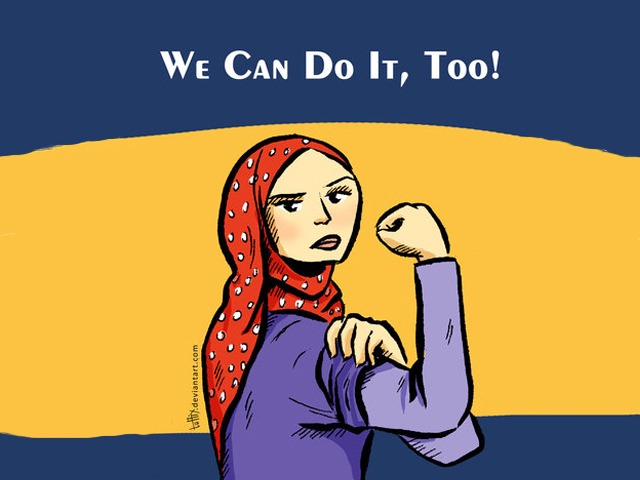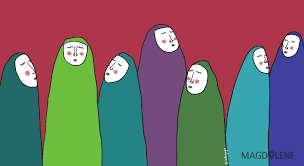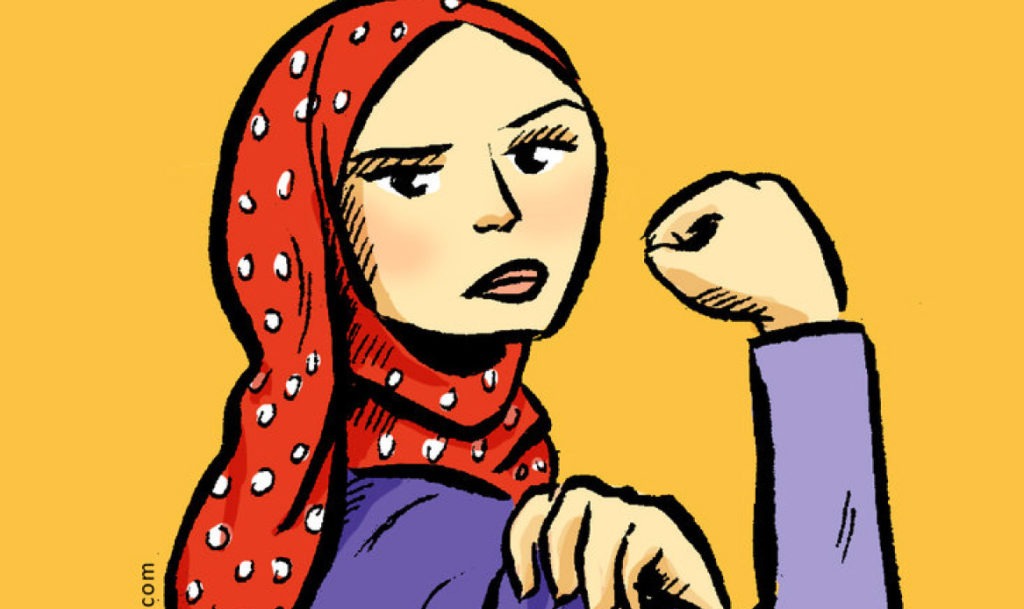In this modern era, local cultural and social movements spread like wildfire across the globe. It’s a ripple effect that keeps on going and going, empowering minorities and asserting rights. Thanks to the internet and the perseverance of minorities upholding their values, religion and culture, impactful social movements intertwined. The advent of globalism gave birth to new concepts and coined new terms. The process became so natural and malleable that we have seen a term like “Islamic Feminism” circulating on social media.
What is Islamic feminism, and how could two seemingly contradictory terms fit together? Let’s get into it.
When did it start

Not to take it way back and recap the whole feminist movement, but it started in the West between the late 19th century and early 20th century. Waves of feminism went back to back, starting with demanding legal rights such as the right to vote and ending with the reconstruction of the whole system of gender rules imposed by a patriarchal society.
However, Islamic feminism is a fairly recent term. It only came to light in the early ’90s of the 20th century, and with the publishing of the magazine Zanan, a Persian publication established by a leading feminist journalist in Iran.
How far it got us

Islamic feminist was used by Eastern feminists in contrast of Western feminism. Even though the term seems new, it’s fundamentally rooted in Islamic concepts about women’s rights and female engagement in society. It’s kind of a tricky situation since the views about Islam as a religion and a way of moderating individuals’ lives are varied for everyone. But let’s dive in slowly and surely to the bottom of this.
The term itself redefined the whole way Muslim women think about themselves, and the way they view the world around them. Quite frankly, it cleared a lot of misconceptions that inherently come from the clash of the two words “Islamic” and “feminism”.
See, the thing is, Muslim feminists wanted the best of both worlds, as they should! It’s a middle ground where a woman can be a valuable thinking member of society, with complete autonomy, without compromising the upholding of their religious values, and they did just that.
The Islamic feminism movement did such a good job re-establishing the rules and regulations about and for women in Shari’a law. Not just on paper, but in people’s minds as well. The movement is stopping the radical, misogynistic and backward thinking way of male scholars and legislators in its tracks and making everyone rethink how women in Islamic countries are treated.
What’s next for us

Apparently, the movement is not showing any signs of stopping and the future for women in the MENA region has never been brighter. Especially with what’s going on in the region, and all the way in GCC countries, with all the openness and reforms in Saudi Arabia for women’s right to drive, work and participate in life; the UAE reaching the highest stats when it comes to women’s education and enabling in the Emirati society; and all the new protections laws in Egypt against sexual harassment and cyberbullying for women.
Overall, even if the term “Islamic feminism” stirs up a lot of controversy and turmoil between the sexes in the region. On its 30th anniversary, there is no doubt that the whole movement is doing women across the region a solid by providing the perfect blend between modesty and autonomy.



